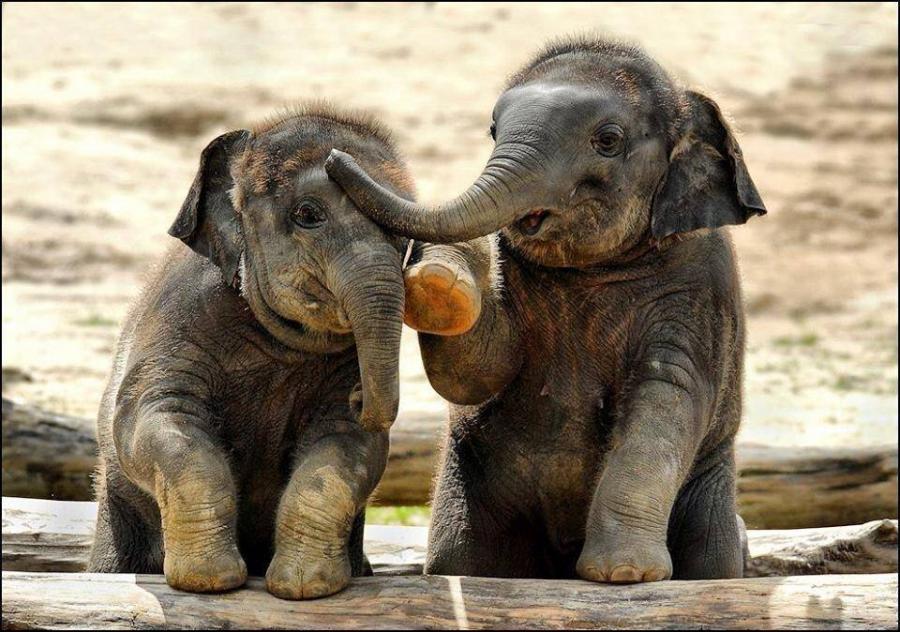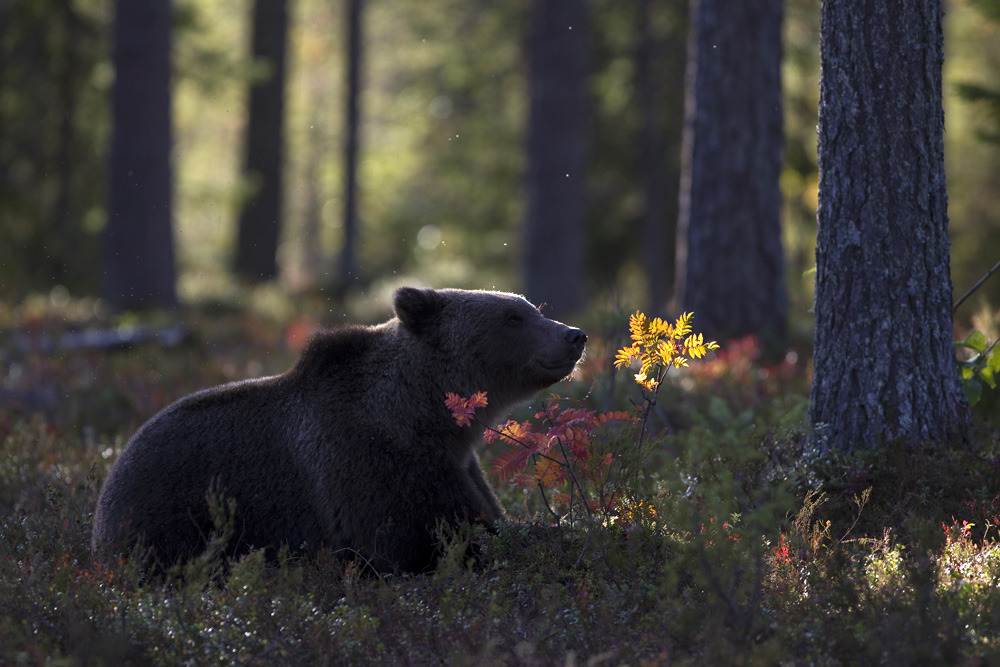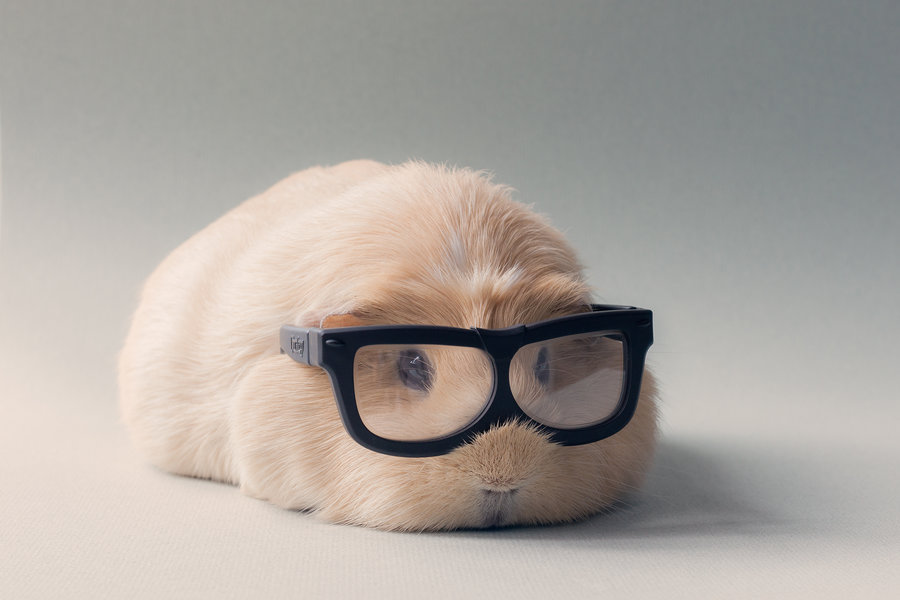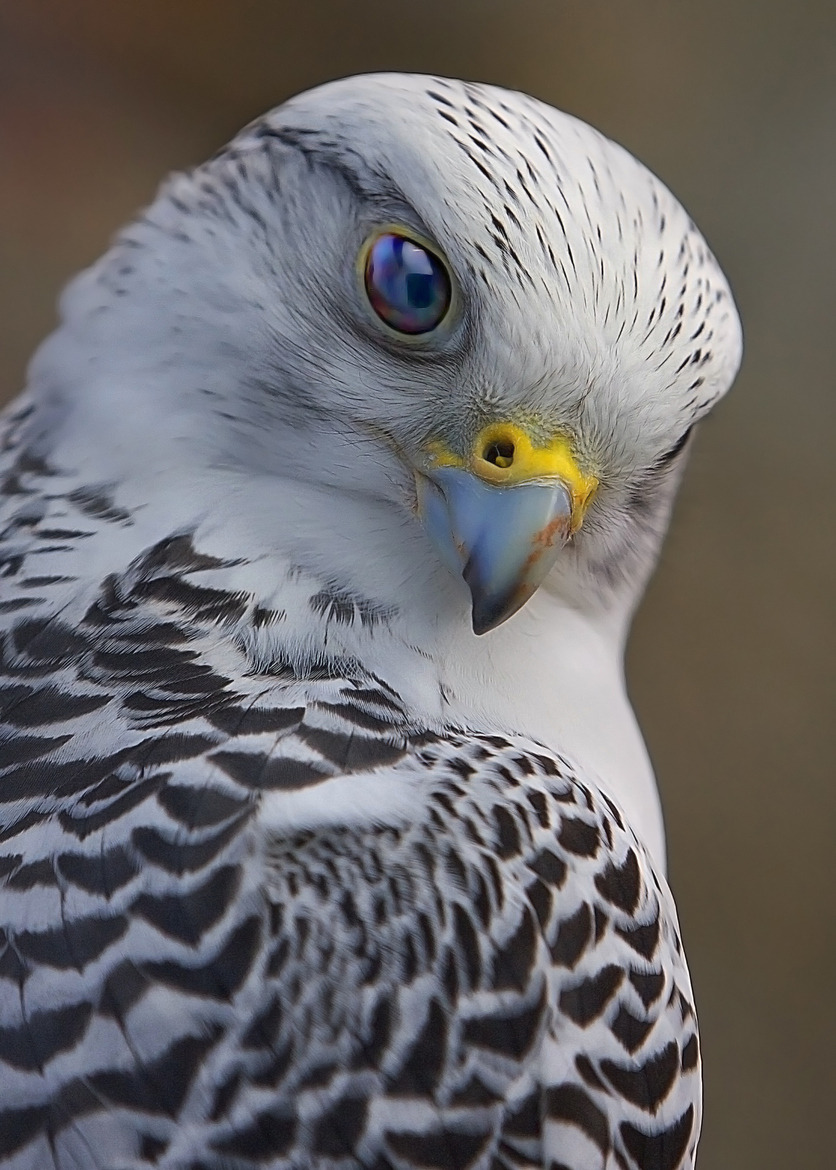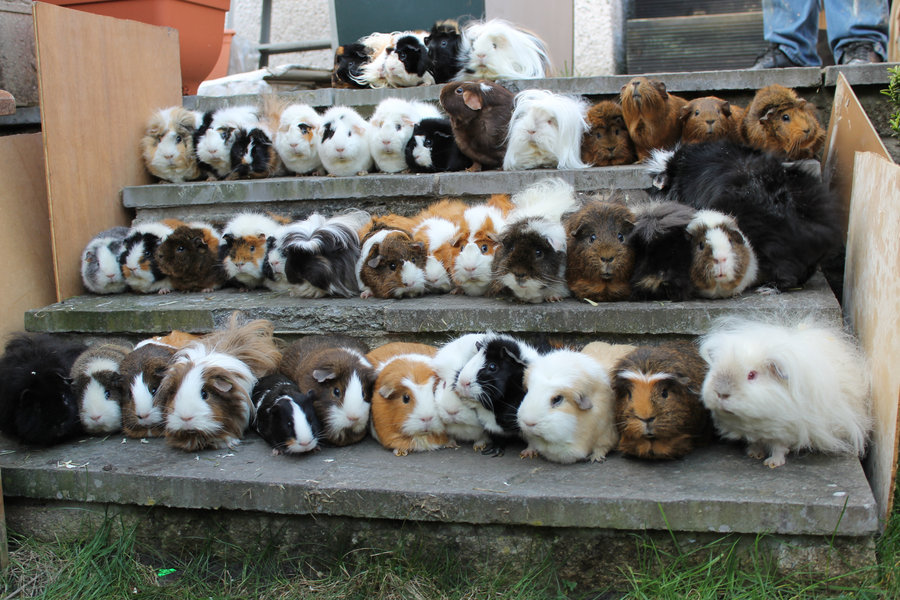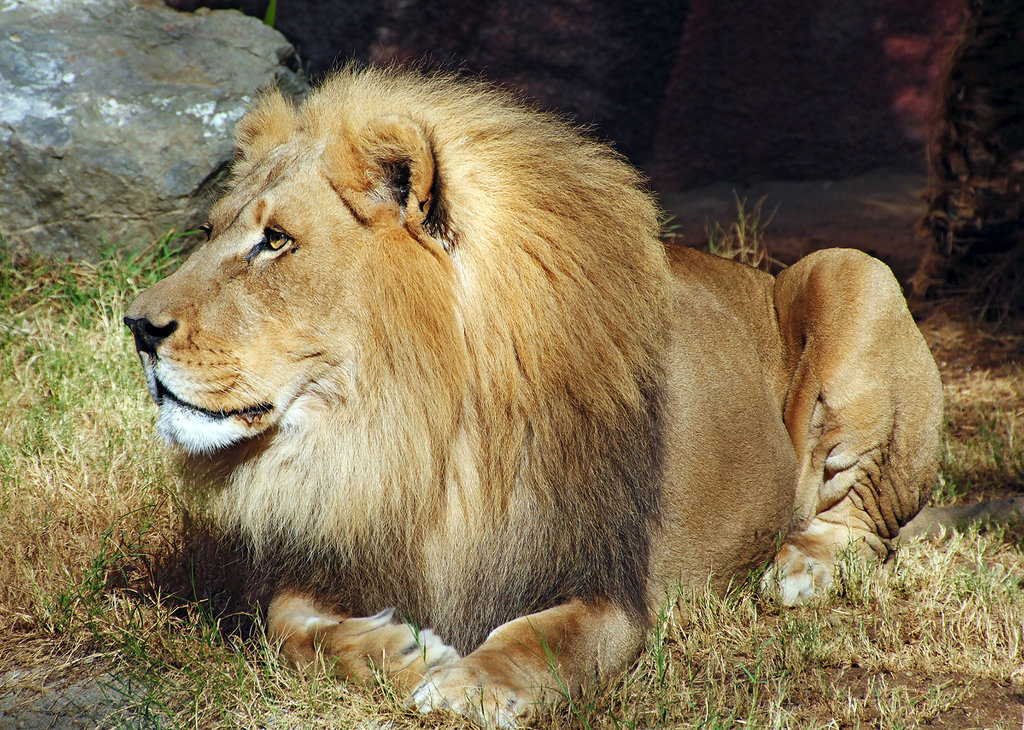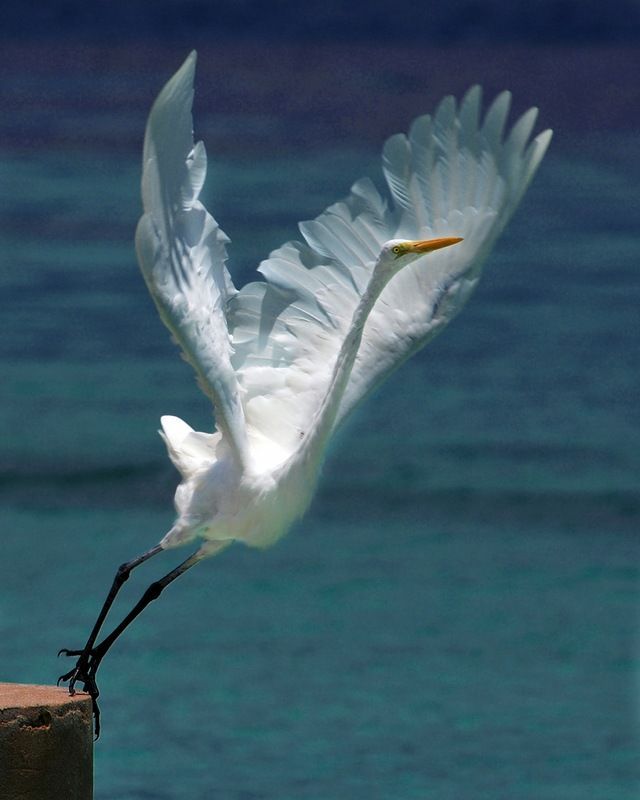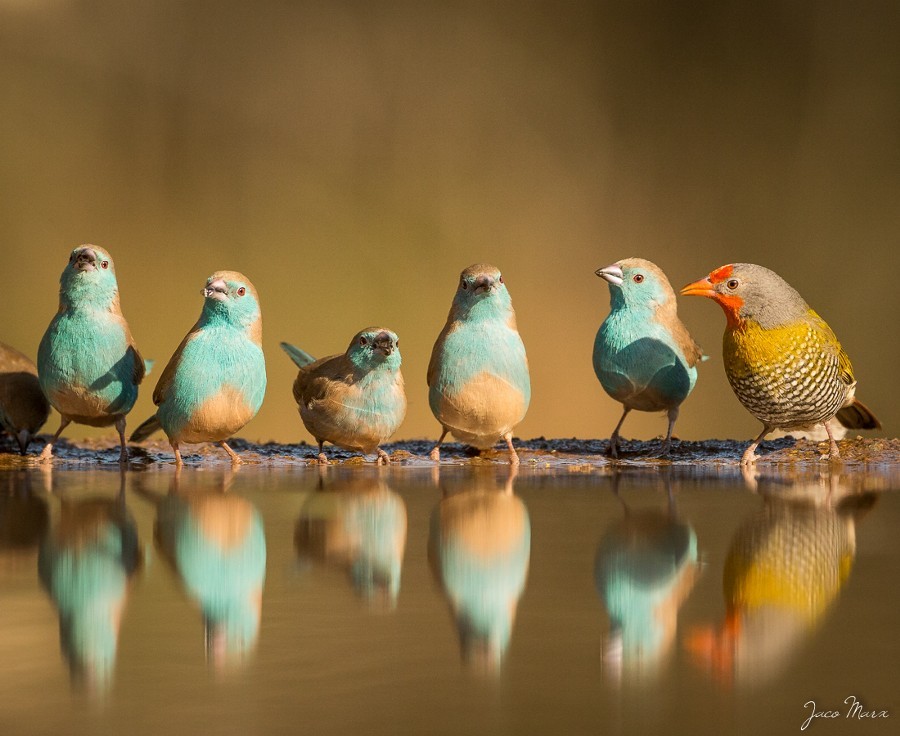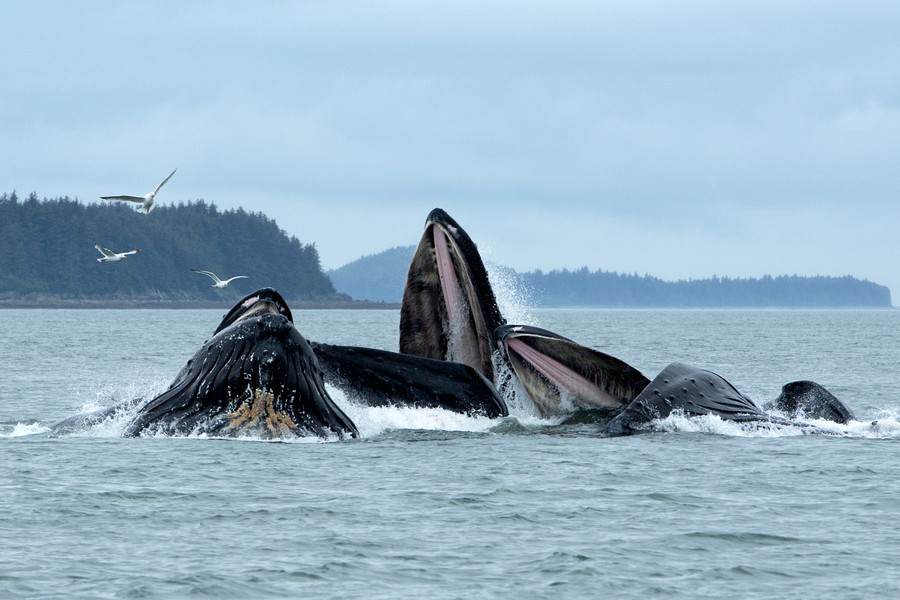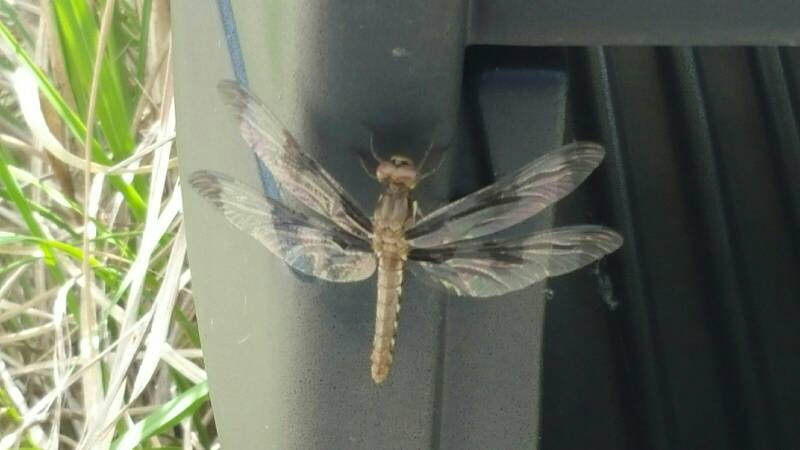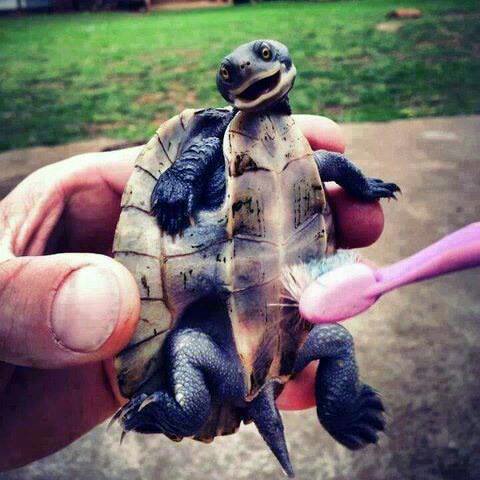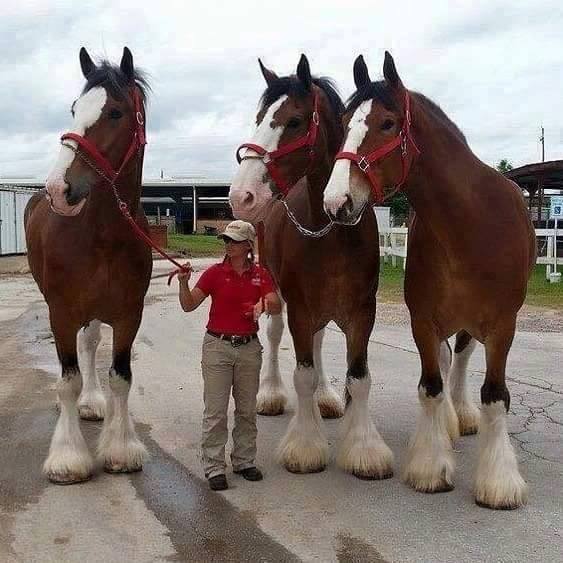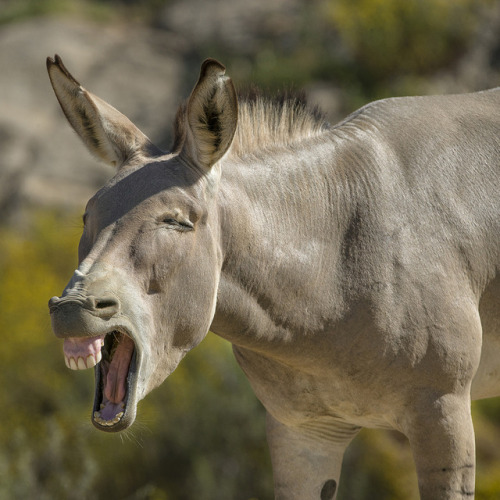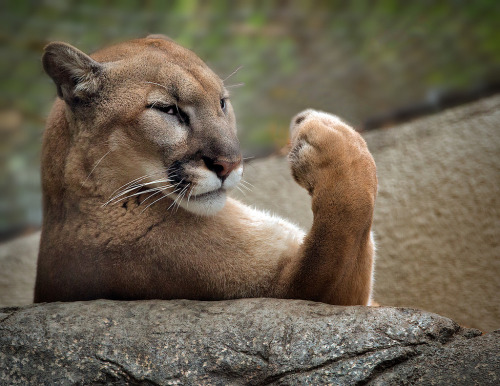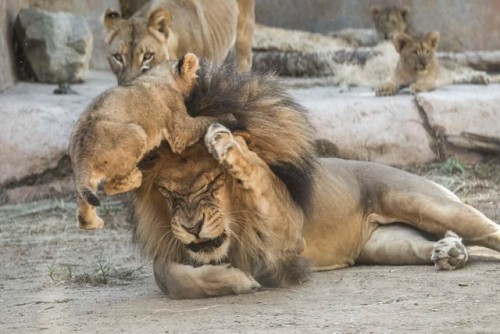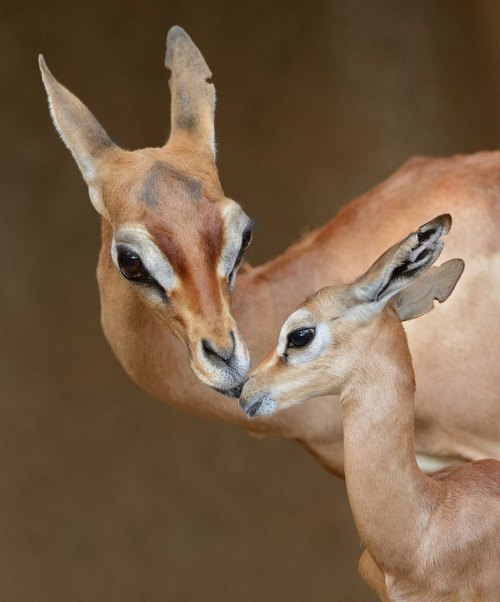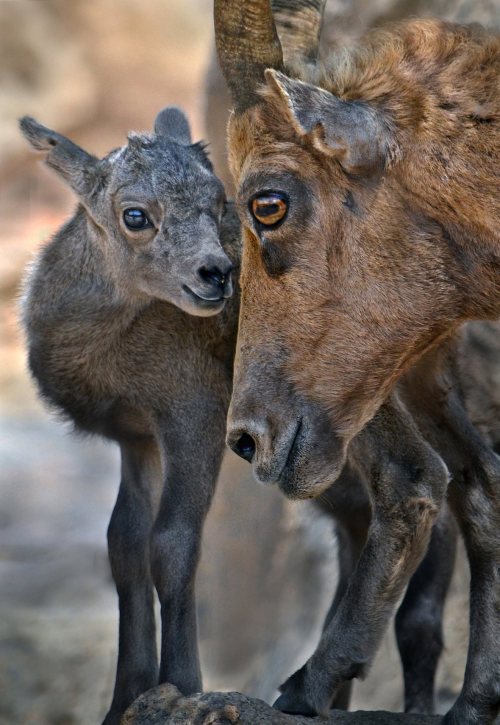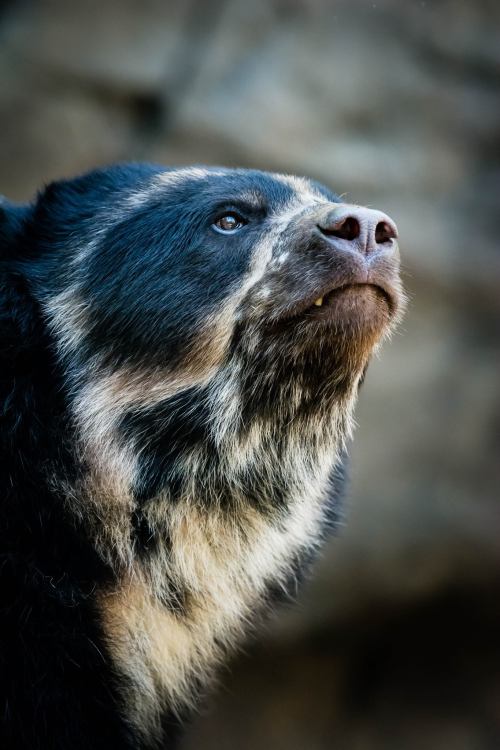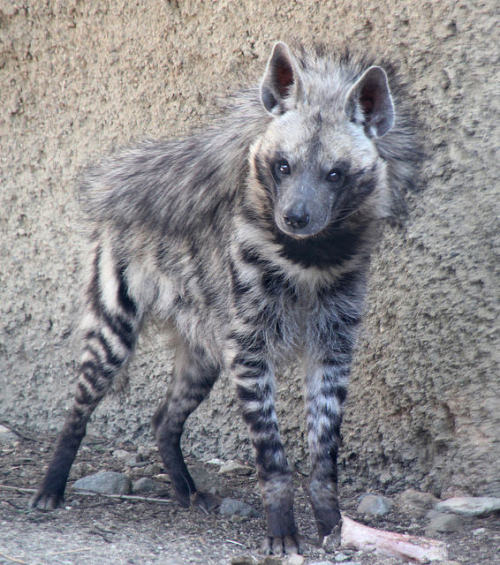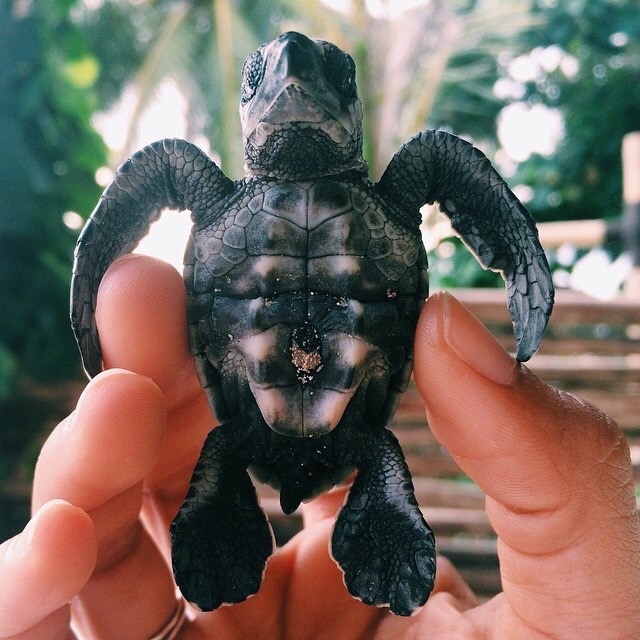Become a Patron!
You are using an out of date browser. It may not display this or other websites correctly.
You should upgrade or use an alternative browser.
You should upgrade or use an alternative browser.
We love other animals, too.
- Thread starter Khassy
- Start date
The leopon is the offspring of a male leopard and a lioness. The head looks similar to a lion, with a partial mane, while the body looks more leopard-like. These animals are only bred in zoos, and would never occur in the wild.
Many cubs have been bred in Japan and Germany, but it’s rare for them to survive to adulthood. If they do, the animals are generally sterile. The most successful breeding program was at Koshien Hanshin Park in Japan, where 5 cubs (though sterile) did survive for a period of time.

Many cubs have been bred in Japan and Germany, but it’s rare for them to survive to adulthood. If they do, the animals are generally sterile. The most successful breeding program was at Koshien Hanshin Park in Japan, where 5 cubs (though sterile) did survive for a period of time.

This bulky hybrid is a hybrid between domestic cattle and yak. These animals are larger and stronger than yak and cattle, at least those local to the region. They also seem to produce more milk and meat.
Males of this cross are sterile while females are still able to breed. “Dzo” particularly refers to males of this hybrid, while females are called “dzomo” or “zhom.”

Males of this cross are sterile while females are still able to breed. “Dzo” particularly refers to males of this hybrid, while females are called “dzomo” or “zhom.”

Iron Age Pig or "Sanglochon"
This unique animal is a cross between a wild boar and a domestic pig. They were originally bred to resemble pigs represented in ancient European prehistoric artwork of the Iron Age.
These pigs are raised mainly in Europe, and are much more aggressive and harder to handle than domestic pigs, as one would imagine. This hybrid has been observed occurring naturally in Australia where escapee domestic pigs breed with wild boars.

This unique animal is a cross between a wild boar and a domestic pig. They were originally bred to resemble pigs represented in ancient European prehistoric artwork of the Iron Age.
These pigs are raised mainly in Europe, and are much more aggressive and harder to handle than domestic pigs, as one would imagine. This hybrid has been observed occurring naturally in Australia where escapee domestic pigs breed with wild boars.

Coywolf
As you may suspect, coywolves are a combination of coyotes and gray wolves. These hybrids tend to be larger than coyotes, and show behaviors similar to each species.
Extensive hunting of wolves over 4 centuries decimated the population; this limited the options for suitable mates, so the animals had to search outside their species. It appears that they weren’t too selective – researchers have found domestic dog DNA in their genome, too!

As you may suspect, coywolves are a combination of coyotes and gray wolves. These hybrids tend to be larger than coyotes, and show behaviors similar to each species.
Extensive hunting of wolves over 4 centuries decimated the population; this limited the options for suitable mates, so the animals had to search outside their species. It appears that they weren’t too selective – researchers have found domestic dog DNA in their genome, too!

Clymene dolphins are another example of hybrid speciation. Endemic to the Atlantic Ocean, clymene dolphins are the result of breeding between spinner dolphins and striped dolphins.
Unlike most animal hybrids, which are the result of captive breeding, Clymene dolphins are natural hybrids. Humans have not played a role in their genesis, and they can breed normally.

Unlike most animal hybrids, which are the result of captive breeding, Clymene dolphins are natural hybrids. Humans have not played a role in their genesis, and they can breed normally.

Tigon
Ligers are crosses between male lions and tigresses, but tigons are the opposite. Tigons are a cross between a male tiger and a lioness.
While tigons aren't as large as ligers, they are still as large as normal tigers. Additionally, unlike most hybrids, they are capable of breeding

Ligers are crosses between male lions and tigresses, but tigons are the opposite. Tigons are a cross between a male tiger and a lioness.
While tigons aren't as large as ligers, they are still as large as normal tigers. Additionally, unlike most hybrids, they are capable of breeding

Zebroid
Zebroids are a variety of zebra hybrids, and these hybrids have dozens of different names. A zebra stallion and a horse mare will produce a zorse or zebrula; a zebra stallion and a pony mare will produce a zony; and a zebra crossed with a donkey is often called a zonkey or zedonk, among other names.
Physically, zebroids resemble their non-zebra parents, but they generally inherit the zebra's stripes on parts of their body, whether on the head, flanks, or legs.

Zebroids are a variety of zebra hybrids, and these hybrids have dozens of different names. A zebra stallion and a horse mare will produce a zorse or zebrula; a zebra stallion and a pony mare will produce a zony; and a zebra crossed with a donkey is often called a zonkey or zedonk, among other names.
Physically, zebroids resemble their non-zebra parents, but they generally inherit the zebra's stripes on parts of their body, whether on the head, flanks, or legs.

Edible Frog
The edible frog is one of three species of European water frog (along with Graf's hybrid frog and the Italian edible frog) that is the result of a process called hybridogenesis. In this process, the hybrid species must mate with one of its parent species to reproduce, and half of the offspring are clones of the hybrid species.
In the case of the edible frog, which is the fertile offspring of a pool frog and a marsh frog, it must mate with either a pool frog or a marsh frog to produce more edible frogs.

The edible frog is one of three species of European water frog (along with Graf's hybrid frog and the Italian edible frog) that is the result of a process called hybridogenesis. In this process, the hybrid species must mate with one of its parent species to reproduce, and half of the offspring are clones of the hybrid species.
In the case of the edible frog, which is the fertile offspring of a pool frog and a marsh frog, it must mate with either a pool frog or a marsh frog to produce more edible frogs.

Czechoslovakian Wolfdog
Czechoslovakian wolfdogs are the result of a scientific experiment first conducted in 1955. In Czechoslovakia, scientist Karel Hartl crossed a Carpathian wolf with a German Shepherd to create a breed of dog that could be used as military and police attack dogs.
The resulting hybrid, which contained both wolf and dog genes, proved difficult to train. However, much like the hybrid bengal cat, after four generations of decreasing the "wolf's blood", the Czechoslovakian wolfdog was ready for service.

Czechoslovakian wolfdogs are the result of a scientific experiment first conducted in 1955. In Czechoslovakia, scientist Karel Hartl crossed a Carpathian wolf with a German Shepherd to create a breed of dog that could be used as military and police attack dogs.
The resulting hybrid, which contained both wolf and dog genes, proved difficult to train. However, much like the hybrid bengal cat, after four generations of decreasing the "wolf's blood", the Czechoslovakian wolfdog was ready for service.

Zubron / Beefalo
In 1847 in Poland, Leopold Walickibred a cow with a European bison (wisent). This created a bovid known as a żubroń.
Later on, after World War I, Polish scientists bred the hardy, adaptable żubroń en masse as a cheap replacement for domestic cattle. However, in the 1980s, their progress came to a halt due to economic difficulties and fear that żubrońs would breed with native wisents, causing genetic pollution.

In 1847 in Poland, Leopold Walickibred a cow with a European bison (wisent). This created a bovid known as a żubroń.
Later on, after World War I, Polish scientists bred the hardy, adaptable żubroń en masse as a cheap replacement for domestic cattle. However, in the 1980s, their progress came to a halt due to economic difficulties and fear that żubrońs would breed with native wisents, causing genetic pollution.

Savannah Cat
Like the rest of the hybrids on this list so far, the Savannah cat is an artificial hybrid, originally created by humans. Savanna cats are a cross between a domestic cat and a serval, which is a species of wild cat native to sub-Saharan Africa.
Savannah cats are unusual among domestic cats because they are comparable to dogs in loyalty and behavior. In fact, they are quite sociable and can be trained to walk on a leash and play fetch. Most Savannah cats are not afraid of water and will readily play or immerse themselves in it. They are the ultimate anti-cats.

Like the rest of the hybrids on this list so far, the Savannah cat is an artificial hybrid, originally created by humans. Savanna cats are a cross between a domestic cat and a serval, which is a species of wild cat native to sub-Saharan Africa.
Savannah cats are unusual among domestic cats because they are comparable to dogs in loyalty and behavior. In fact, they are quite sociable and can be trained to walk on a leash and play fetch. Most Savannah cats are not afraid of water and will readily play or immerse themselves in it. They are the ultimate anti-cats.

Polar-Grizzly Bear Hybrid
This is the second (and last) hybrid on the list that occurs naturally in the wild. When polar bears and grizzly bears mate, they produce hybrid offspring known as pizzly, prizzly, or grolar bears. These bears posses traits of both of their parents, and they often have a mixture of white, brown, and black hair.
Physically, they are smaller than polar bears but larger than grizzlies, and their soles are partially covered in hair. Mentally, they are more like polar bears, stomping on toys and hurling them like polar bears stomping on ice and hurling prey.

This is the second (and last) hybrid on the list that occurs naturally in the wild. When polar bears and grizzly bears mate, they produce hybrid offspring known as pizzly, prizzly, or grolar bears. These bears posses traits of both of their parents, and they often have a mixture of white, brown, and black hair.
Physically, they are smaller than polar bears but larger than grizzlies, and their soles are partially covered in hair. Mentally, they are more like polar bears, stomping on toys and hurling them like polar bears stomping on ice and hurling prey.

Coywolf in the front yard.Coywolf
As you may suspect, coywolves are a combination of coyotes and gray wolves. These hybrids tend to be larger than coyotes, and show behaviors similar to each species.
Extensive hunting of wolves over 4 centuries decimated the population; this limited the options for suitable mates, so the animals had to search outside their species. It appears that they weren’t too selective – researchers have found domestic dog DNA in their genome, too!

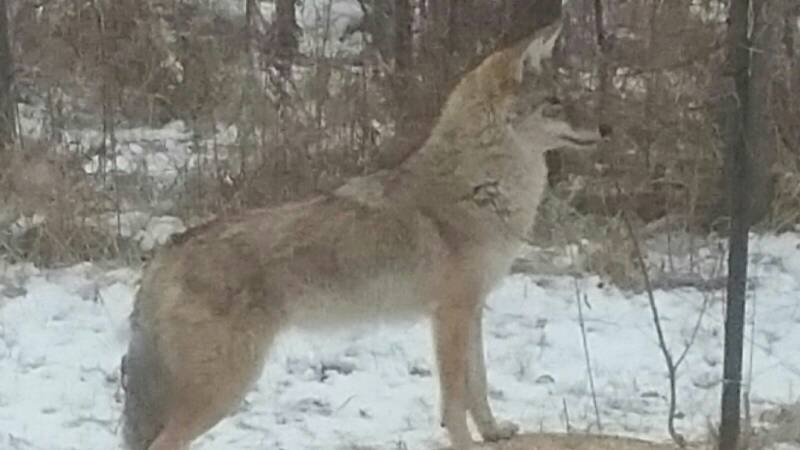
A selection of Moth's
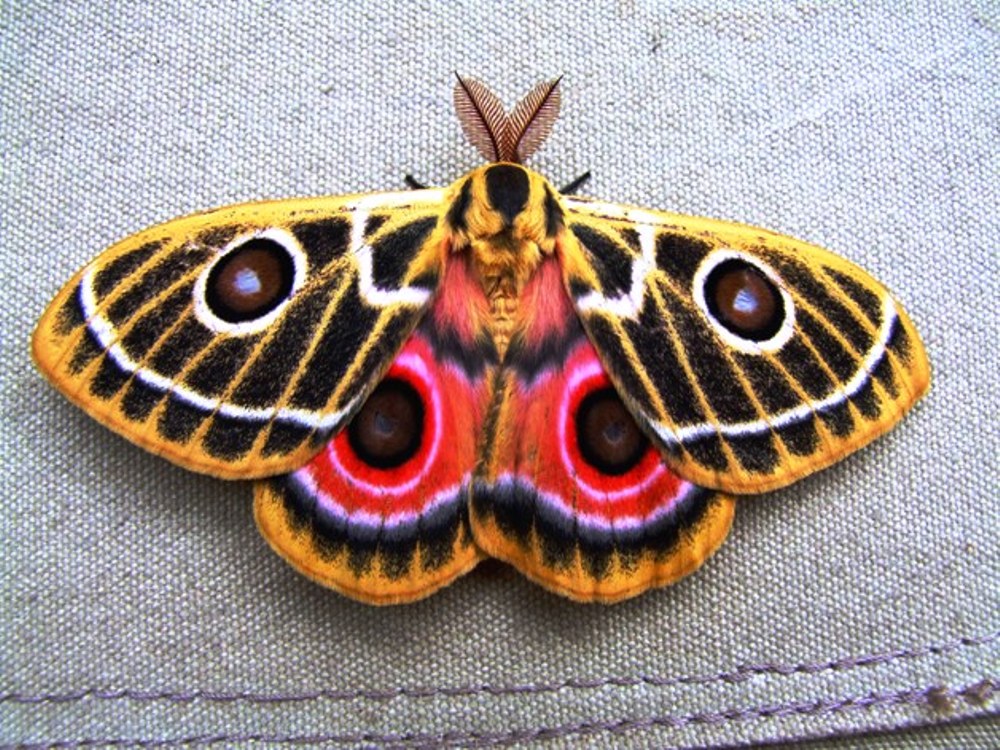
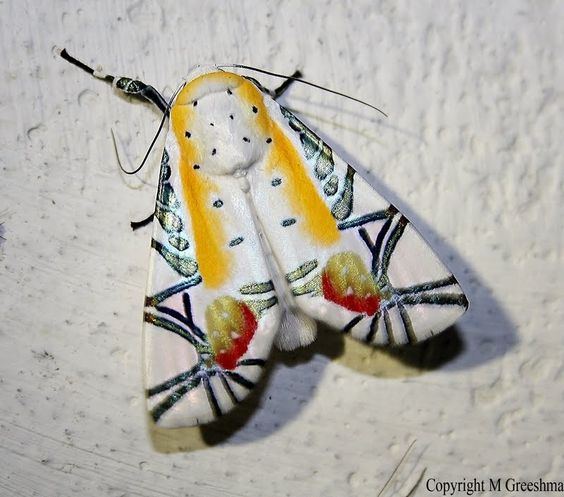
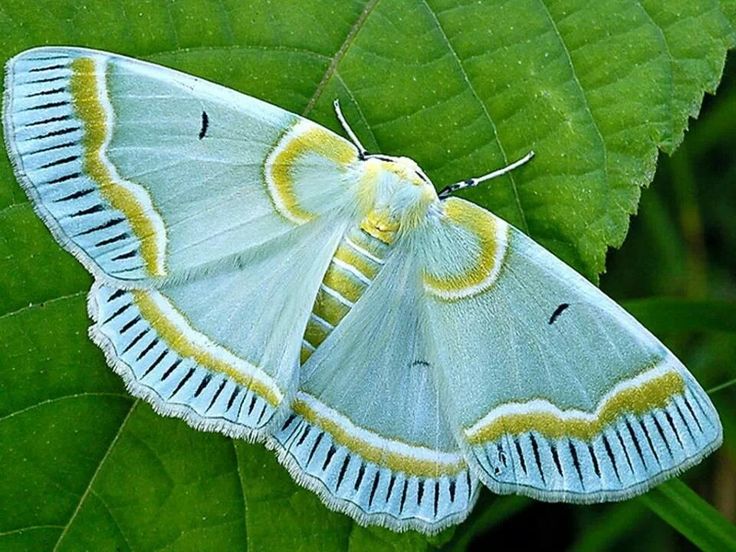
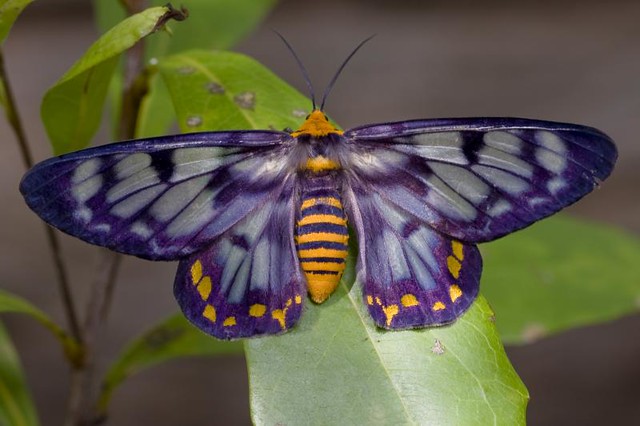


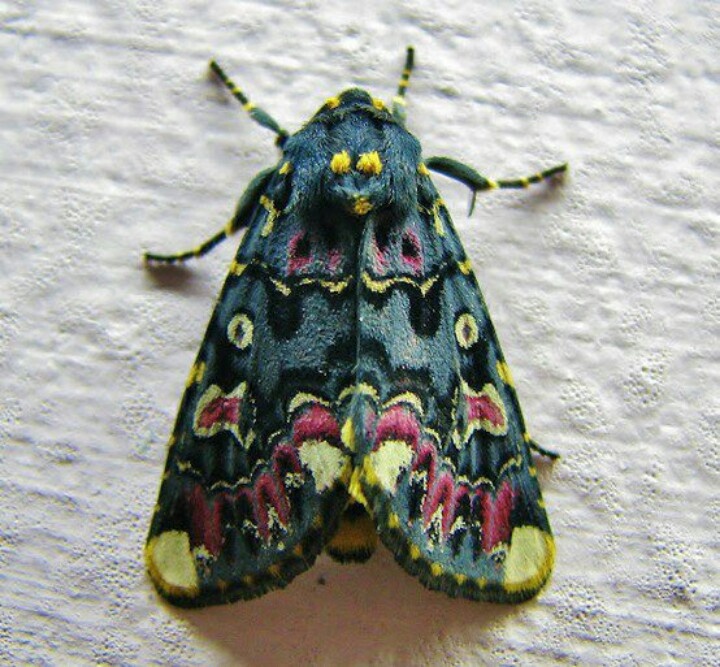
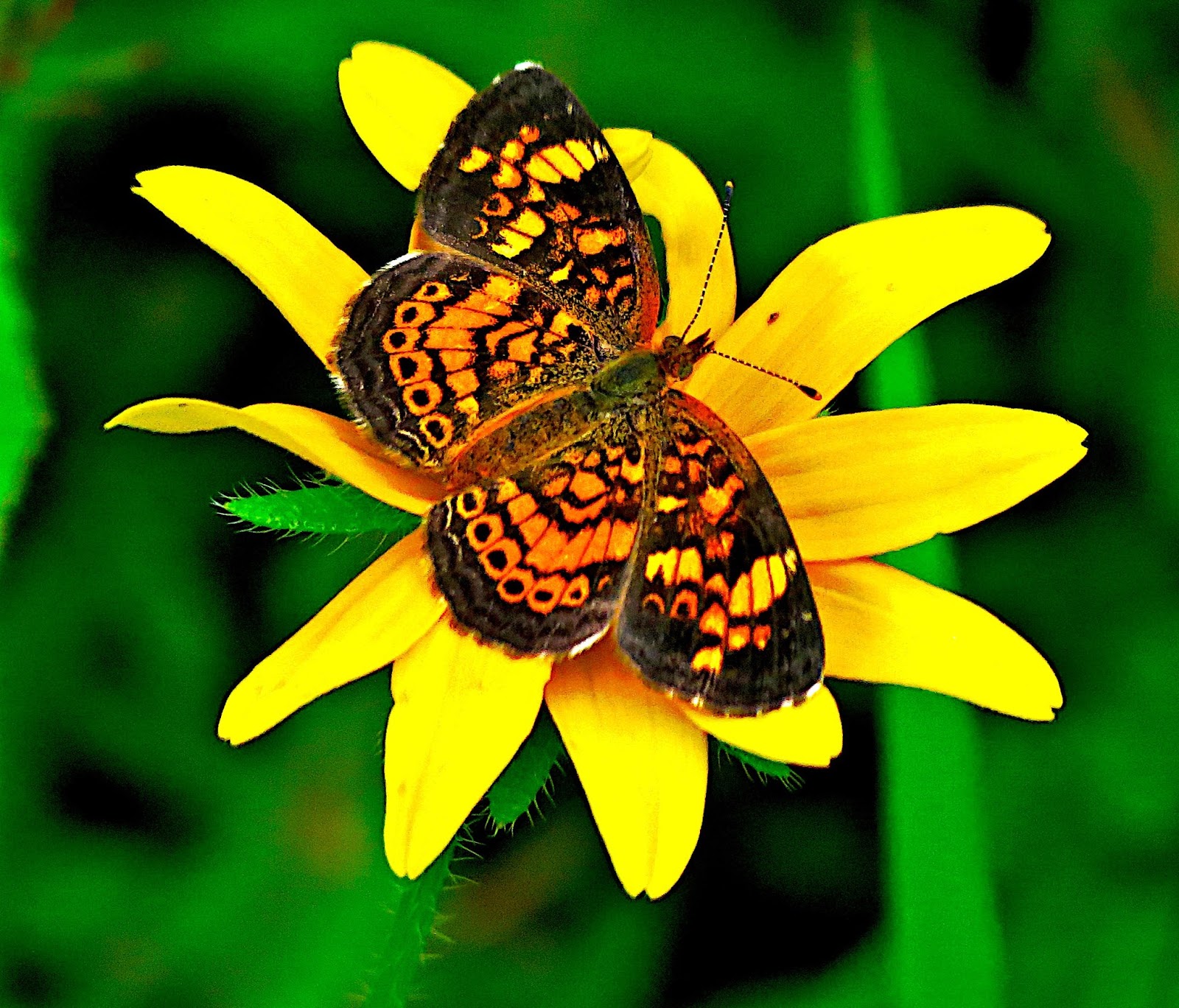






Ninja Turtle, lol
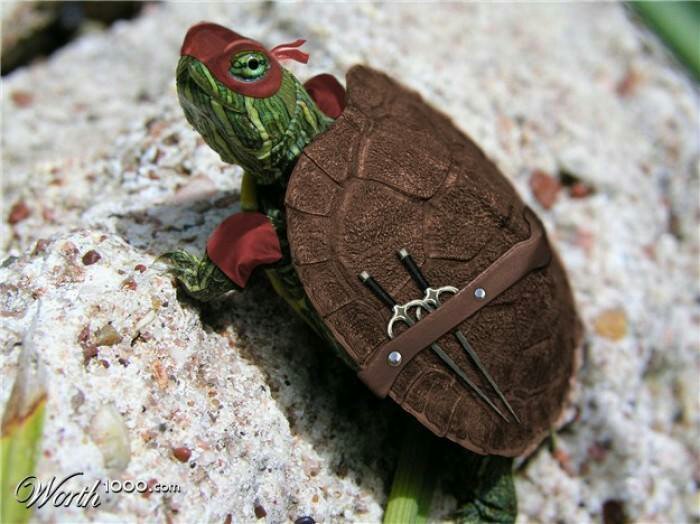

How come I count 2 sets of ears?Zebroid
Zebroids are a variety of zebra hybrids, and these hybrids have dozens of different names. A zebra stallion and a horse mare will produce a zorse or zebrula; a zebra stallion and a pony mare will produce a zony; and a zebra crossed with a donkey is often called a zonkey or zedonk, among other names.
Physically, zebroids resemble their non-zebra parents, but they generally inherit the zebra's stripes on parts of their body, whether on the head, flanks, or legs.

TDC123
Member For 4 Years
Nice satanice leaf tail gecko!
TDC123
Member For 4 Years
I breed pure locale specific boa constrictors. These are some Corn Island, Nicaragua Boas I produced in 2012


That year I produced the only anerythristic (lacking red pigment) Corn Island Boas that I know of in the USA. The two anerythristic males have grown up and it looks like at least one of them will father his own litter. Below is a photo of a normal versus an anerythristic sibling.




That year I produced the only anerythristic (lacking red pigment) Corn Island Boas that I know of in the USA. The two anerythristic males have grown up and it looks like at least one of them will father his own litter. Below is a photo of a normal versus an anerythristic sibling.


TDC123
Member For 4 Years
I breed pure locale specific boa constrictors. These are some Corn Island, Nicaragua Boas I produced in 2012
Thank you Whiskey! I've kept/bred reptiles for twenty something years, from colubrids both native and exotic to monitors, geckos, pythons, boas and on and on. Now I only have boa constrictors in breeding groups from specific localities from Mexico all the way down to Sao Paulo, Brazil. I do have a couple Solomon Island Boa projects too.
I have a fair little website about my boas. I''m not sure it would be kosher with the TOS to post it here. I sell a few boas but it's more about sharing the love for them than anything else for me personally.
TC






